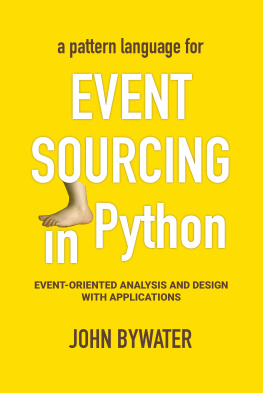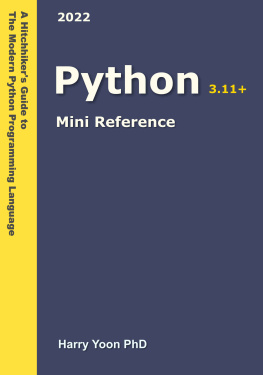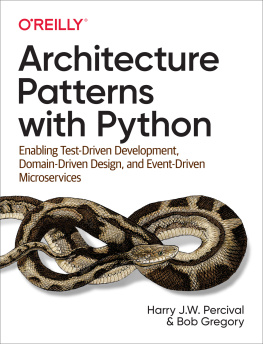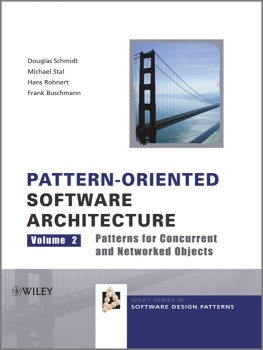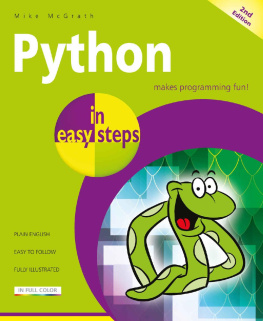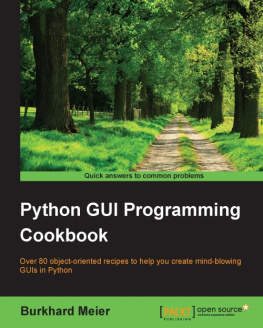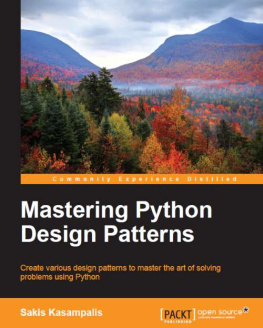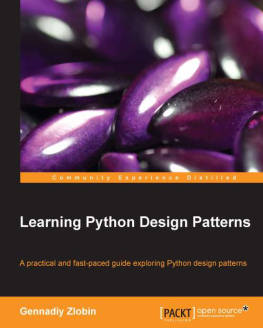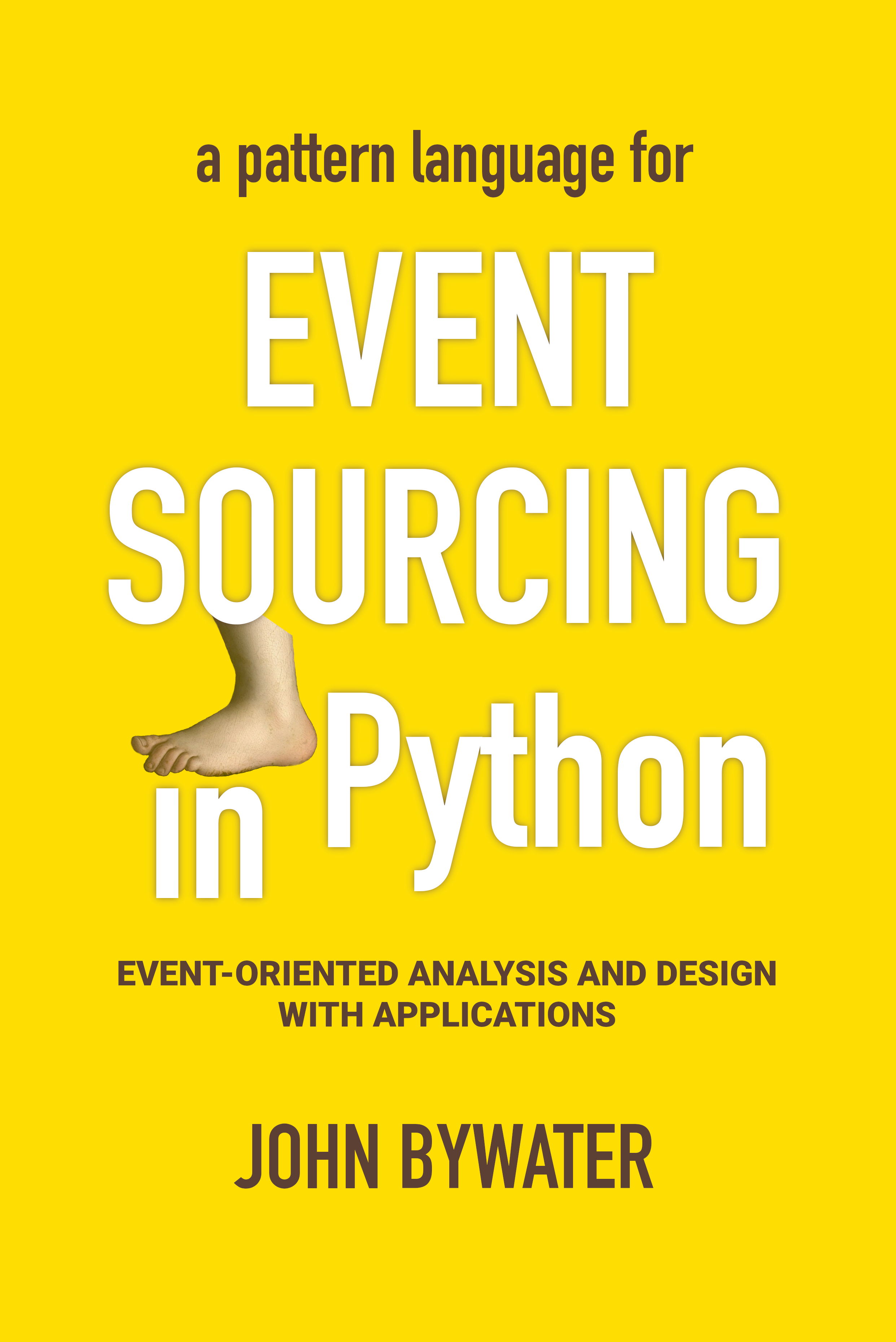Thank you for reading this book. We have covered a lot of ground. The bookwas mainly about event-sourced models, applications and systems. But the questionof how generally applicable is event sourcing brought us to Whiteheads processphilosophic scheme: the idea that the actual world is built up from actual occasionsof experience, with human occasions of experience being of an especially high grade.Understanding Whiteheads scheme made it very apparent that Christopher Alexanderspattern language scheme is a creative application of Whiteheads scheme: patternlanguage was intended to describe events. Alexanders patterns correspond toWhiteheads actual occasions, and Alexanders pattern language corresponds toWhiteheads structured living societies. Alexanders remark that the world is builtup of events and nothing else echoes Whiteheads remark that everything thatexists is derived by abstraction from actual occasions. Alexanders remarkthat pattern languages teach you to be receptive to what is real echoesWhiteheads view that there is no going behind actual occasions to findanything more real. At the centre of all of this are the actual occasions,which are both a creative process of feeling and a decision that bringsmany feelings into a unity of feeling; things that both come to exist andthat can be explained and expressed in terms of their interconnections anddecisions. The notion of an event is then understood as an interrelated setof actual occasions (a social nexus, or society) with the limiting type beinga nexus that has only one member.
In adopting Whiteheads scheme, we respond to the question of how generallyapplicable is event sourcing by acquiring an understanding that all domainsare inherently constituted by what happens in that domain. In adopting Alexandersscheme, we acquire a technique for describing and conditioning creative occasionsof design. The patterns of event-sourced applications presented in the main chaptersof this book are generally applicable for these two reasons: firstly we can alwaystackle the complexity in a domain by building supportive event-sourced applications;secondly, when we build event-sourced applications we can condition our occasions ofdesign by following the patterns in this book.
The patterns in this book are intended to be used in a particular set ofhuman occasions of experience: occasions of designing event-sourced softwareapplications and event-driven systems. Software code can be exciting andbut isnt in itself alive, and however fascinating can be tiring to work withand understand. We have been through quite a lot of software code in the previousfifteen chapters. And so I wanted to end this book on a warmer note, by returningto the human level, and saying something more about the application of Whiteheadsscheme in the world of human personal experience and human relationships,by discussing more fully the psychology topics that were mentioned in the prologue:Carl Rogers person-centred theory, and Marshall Rosenbergs nonviolent or collaborativecommunication.
Person-centred theory
Person-centred theory is the view that a human person exists moment-by-momentthrough their feelings. Each moment is made of the feelings that are experiencedin that moment. We say moment because the many feelings are brought togetherin a unity of feeling that makes the moment what it is. These moments correspondto the actual occasions of experience in Whiteheads scheme, and the patternsof recurring moments that we have in our lives can be described using Alexanderspatten language scheme.
Whitehead considered that the Greeks were mistaken to abstract fromthe occasion of experiencing grey stone to thinking of the worldas built up of instances of substance-quality categories, becausethese categories restrict thought, and that it is much better toabstract from the occasion of experience itself, and say that ourhuman occasions of experience are of a high grade (characterisedby presentational immediacy that is our capacity for consciousness),that there are lower grades of actual occasions that populate the broadersocieties of actual occasions from which we have arisen as human subjects,and that these lower (and indeed higher) grades are the atoms of which realitymade up. From this broad cosmology, Carl Rogers brings consideration back tothe human occasions of experience themselves. That is why his nineteen propositionsare both highly reminiscent of Whiteheads scheme, but also very interesting asa characterisation of the condition of being a human being.
The descriptions of a fully functioning person and of the nineteen propositions ofperson-centred theory below are adapted from the Person Centred Association.
Fully functioning person
In On Becoming a Person, published in 1951, Carl Rogers listed the characteristicsof a fully functioning person.
1. A growing openness to experience they move away from defensiveness and have no need forsubception (a perceptual defense that involves unconsciously applying strategies to prevent atroubling stimulus from entering consciousness).
2. An increasingly existential lifestyle living each moment fully not distorting the momentto fit personality or self concept but allowing personality and self concept to emanate from theexperience. This results in excitement, daring, adaptability, tolerance, spontaneity, and a lackof rigidity and suggests a foundation of trust. (To open ones spirit to what is going on now, anddiscover in that present process whatever structure it appears to have.)
3. Increasing organismic trust they trust their own judgment and their ability to choose behaviorthat is appropriate for each moment. They do not rely on existing codes and social norms but trustthat as they are open to experiences they will be able to trust their own sense of right and wrong.
4. Freedom of choice not being shackled by the restrictions that influence an incongruent individual,they are able to make a wider range of choices more fluently. They believe that they play a role indetermining their own behavior and so feel responsible for their own behavior.
5. Creativity it follows that they will feel more free to be creative. They will also be more creativein the way they adapt to their own circumstances without feeling a need to conform.
6 Reliability and constructiveness they can be trusted to act constructively. An individual who is opento all their needs will be able to maintain a balance between them. Even aggressive needs will be matchedand balanced by intrinsic goodness in congruent individuals.

